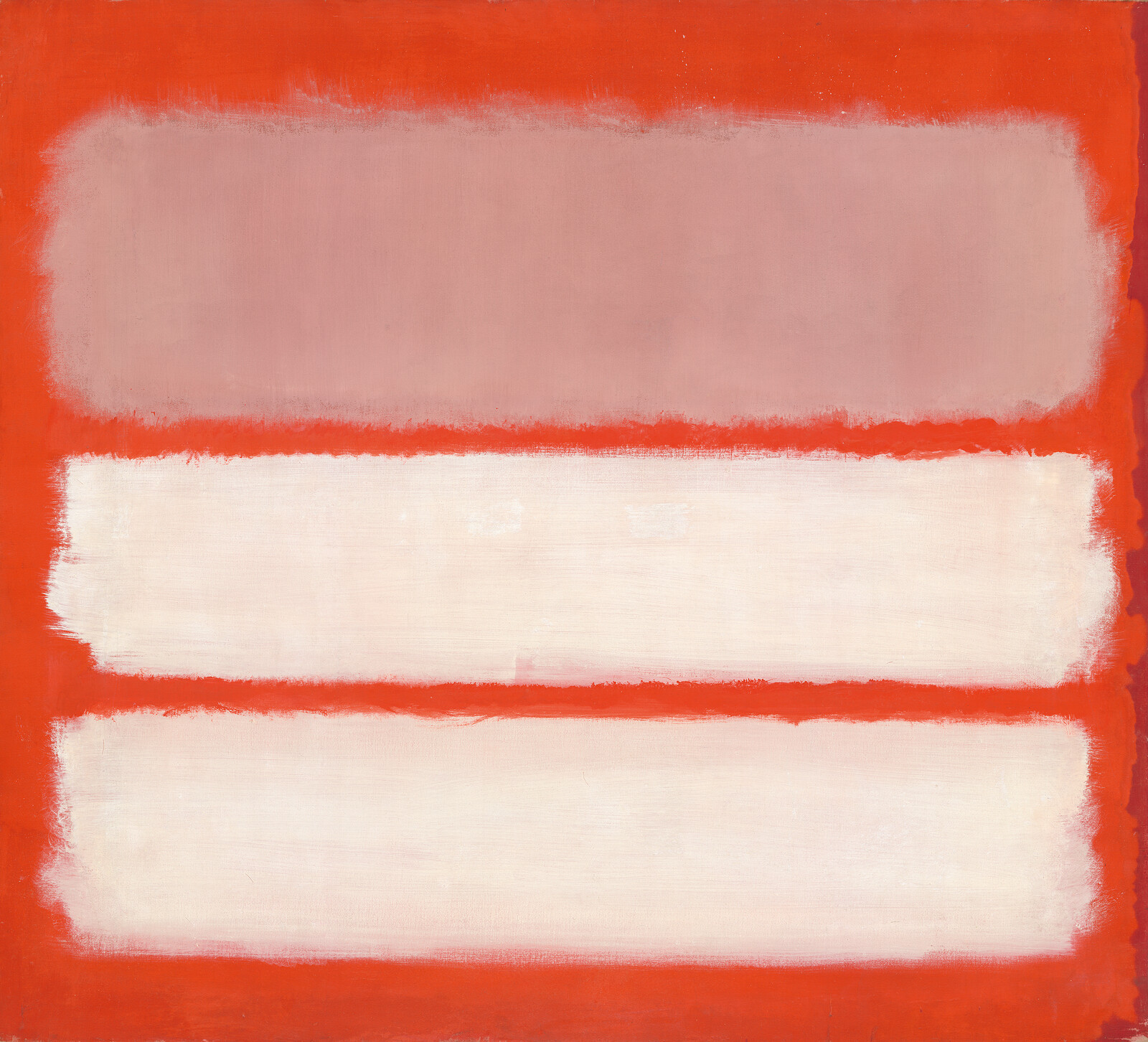June 4–September 25, 2022
Humboldtstraße 5-6
14467 Potsdam
Germany
On June 4, 2022, the exhibition The Shape of Freedom: International Abstraction after 1945 opens at the Museum Barberini. It focuses on the two most important currents of abstraction following World War II: Abstract Expressionism in the United States and Art Informel in western Europe. The Shape of Freedom is the first exhibition to explore this transatlantic dialogue in art from the mid-1940s to the end of the Cold War.
The show comprises around 100 works by over 50 artists including Sam Francis, Helen Frankenthaler, K. O. Götz, Georges Mathieu, Lee Krasner, Ernst Wilhelm Nay, Mark Rothko, Jackson Pollock, Judit Reigl, and Clyfford Still. Works on loan come from over 30 international museums and private collections including the Kunstpalast Düsseldorf, the Tate in London, the Museo nacional Thyssen-Bornemisza in Madrid, the Metropolitan Museum of Art and the Whitney Museum of American Art in New York, the Centre Pompidou in Paris, the Peggy Guggenheim Collection in Venice, and the National Gallery of Art in Washington, DC.
After its opening run in Potsdam, the exhibition will travel to the Albertina modern in Vienna and the Munchmuseet in Oslo. The point of departure for the exhibition in the Museum Barberini is the Hasso Plattner Collection, which includes important works by Norman Bluhm, Sam Francis, and Joan Mitchell.
World War II was a turning point in the development of modern painting. The presence of exiled European avant-garde artists in America transformed New York into a center of modernism that rivaled Paris and set new artistic standards. In the mid-1940s, a young generation of artists in both the United States and Europe turned their back on the dominant stylistic directions of the interwar years. Instead of figurative painting or geometric abstraction they embraced a gestural, expressive handling of form, color, and material—a radically experimental approach that transcended traditional conceptions of painting. Artists like Jackson Pollock, Lee Krasner, Willem de Kooning, Franz Kline, Hans Hofmann, and Joan Mitchell discovered an intersubjective form of expression in action painting, while the color field painting of Mark Rothko, Barnett Newman, Adolph Gottlieb, Robert Motherwell, and Clyfford Still presented viewers with an overwhelming visual experience.
Concurrently with Abstract Expressionism in the United States, artists in Paris and other European metropolises explored new materials, textures, and modes of composition. This new painterly approach was designated “Informel” due to its “formless,” unbridled aesthetic. Works by Georges Mathieu, Antoni Tàpies, Pierre Soulages, Wols, Jean Fautrier, and Jean Dubuffet marked a break with art historical tradition.
With artists such as K. O. Götz, Gerhard Hoehme, Bernard Schultze, Winfred Gaul, Ernst Wilhelm Nay, and Fritz Winter, West Germany likewise emerged as a center of European postwar abstraction from the mid-1950s on. As such, it cultivated close contacts with France and the United States. The exhibition documenta II in 1959 celebrated Art Informel and Abstract Expressionism as the manifestation of a new, universal visual language that would strengthen the political alliance of liberal western nations. In West Germany, radical abstraction was hailed as the new standard for avant-garde painting, in contrast to the Socialist Realism of East Germany or the aesthetic principles of the Nazi regime.
Abstract Expressionism in America and Art Informel in Europe have often been viewed as separate, independent developments—a geographical and cultural distinction that obscures the close connection between the two movements. The Shape of Freedom now highlights the intensity and enduring nature of this transatlantic exchange.
The exhibition also features works by lesser-known artists such as Jean Degottex, Simon Hantaï, Manolo Millares, Theodoros Stamos, and Jack Tworkov and foregrounds the long-ignored influence of women artists including Mary Abbott, Janice Biala, Natalia Dumitresco, Perle Fine, Helen Frankenthaler, Lee Krasner, Joan Mitchell, Judit Reigl, Deborah Remington, Janet Sobel, Hedda Sterne, and Maria Helena Vieira da Silva.
Director: Dr. Ortrud Westheider
Curator: Dr. Daniel Zamani
Press contact: Achim Klapp, Carolin Stranz, presse [at] museum-barberini.de
Press material: museum-barberini.de/en/presse (texts and images for download)


